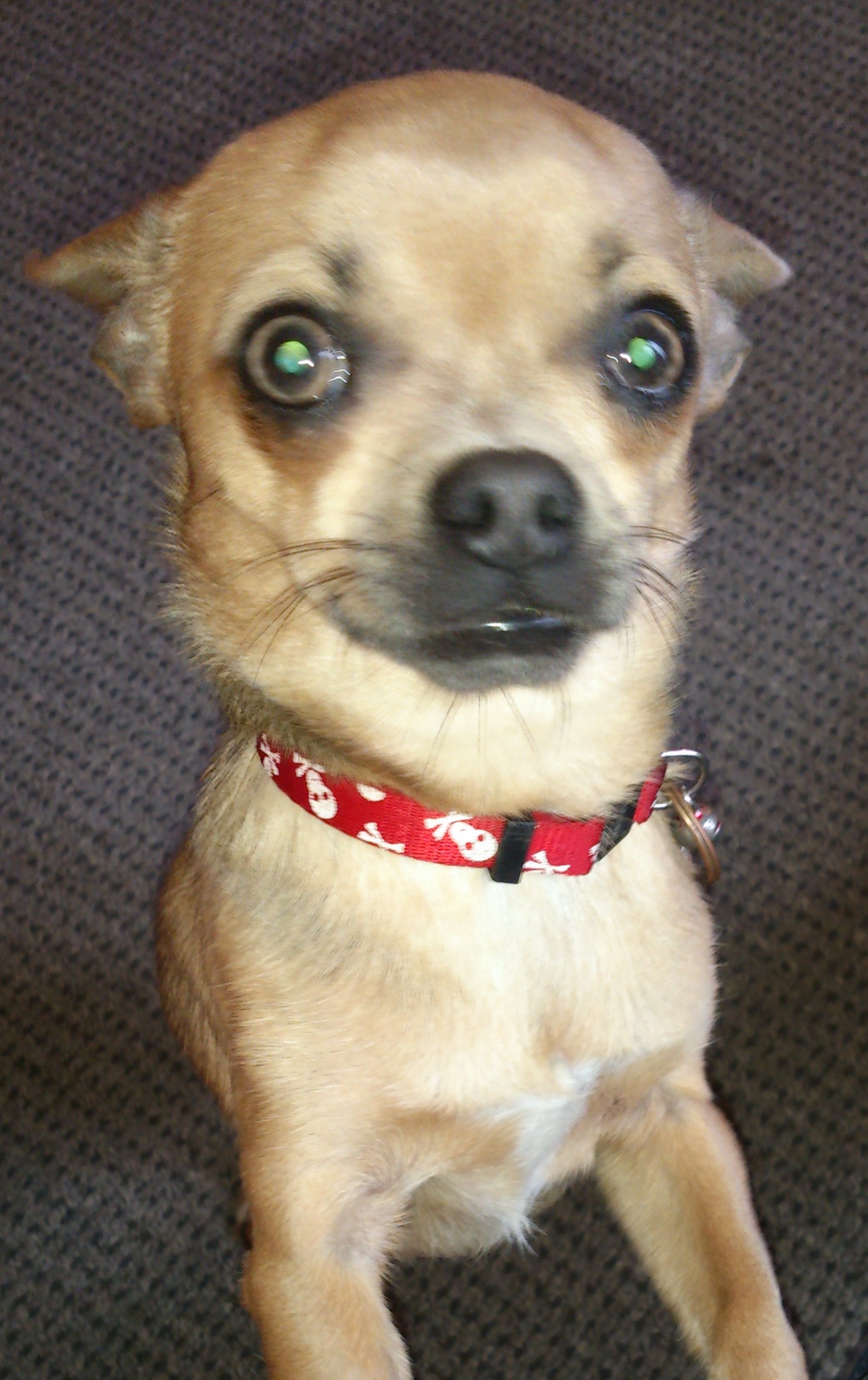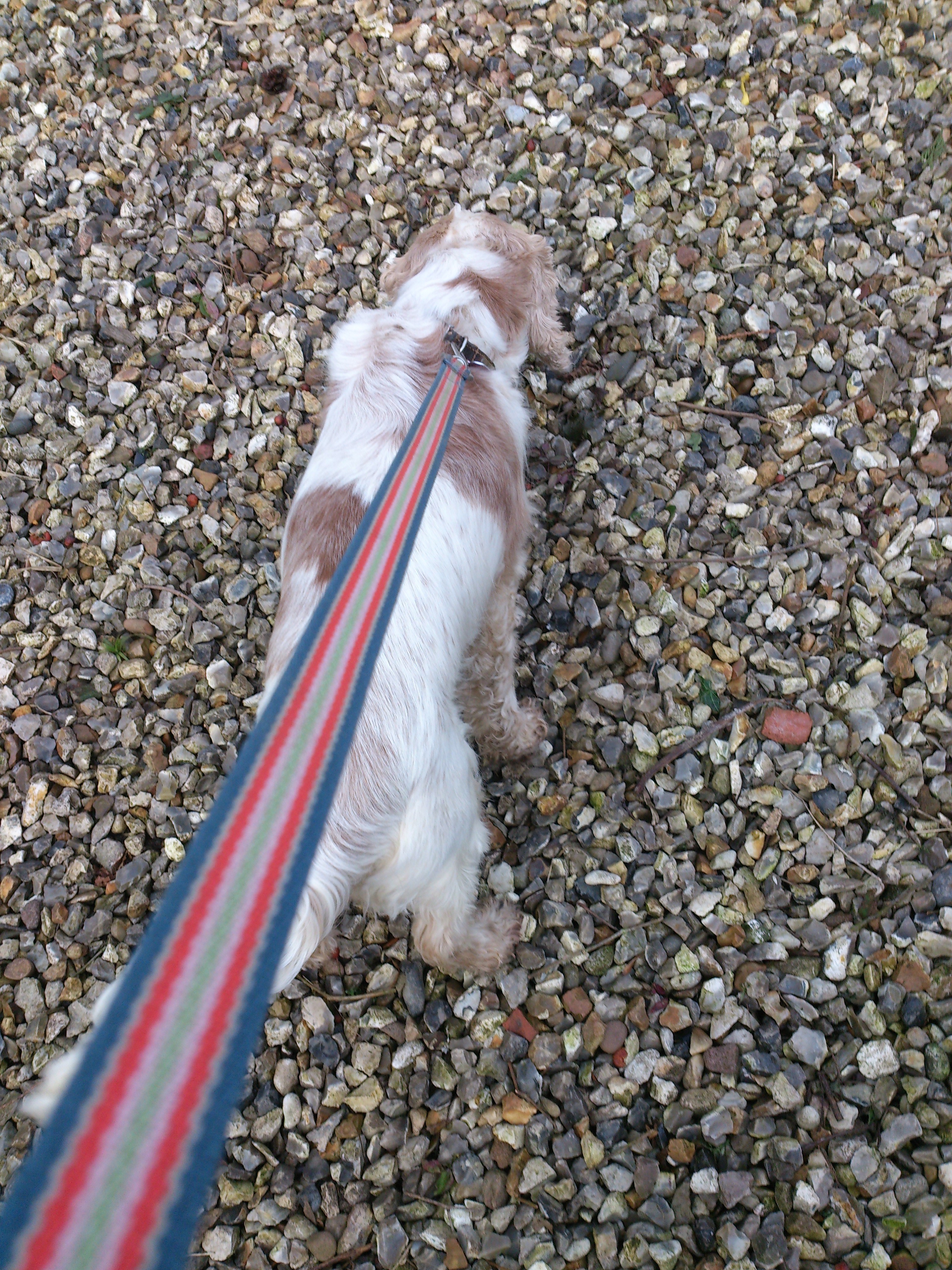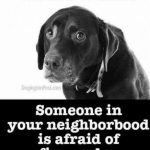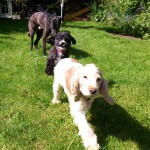Fear of other dogs . . . dog training norwich
Lots of dogs have a fear of other dogs, it’s a very common problem! Some dogs dislike big dogs, some will target small dogs. I met one dog who specifically didn’t like black Labradors . . . and some dogs just don’t like any other dogs!
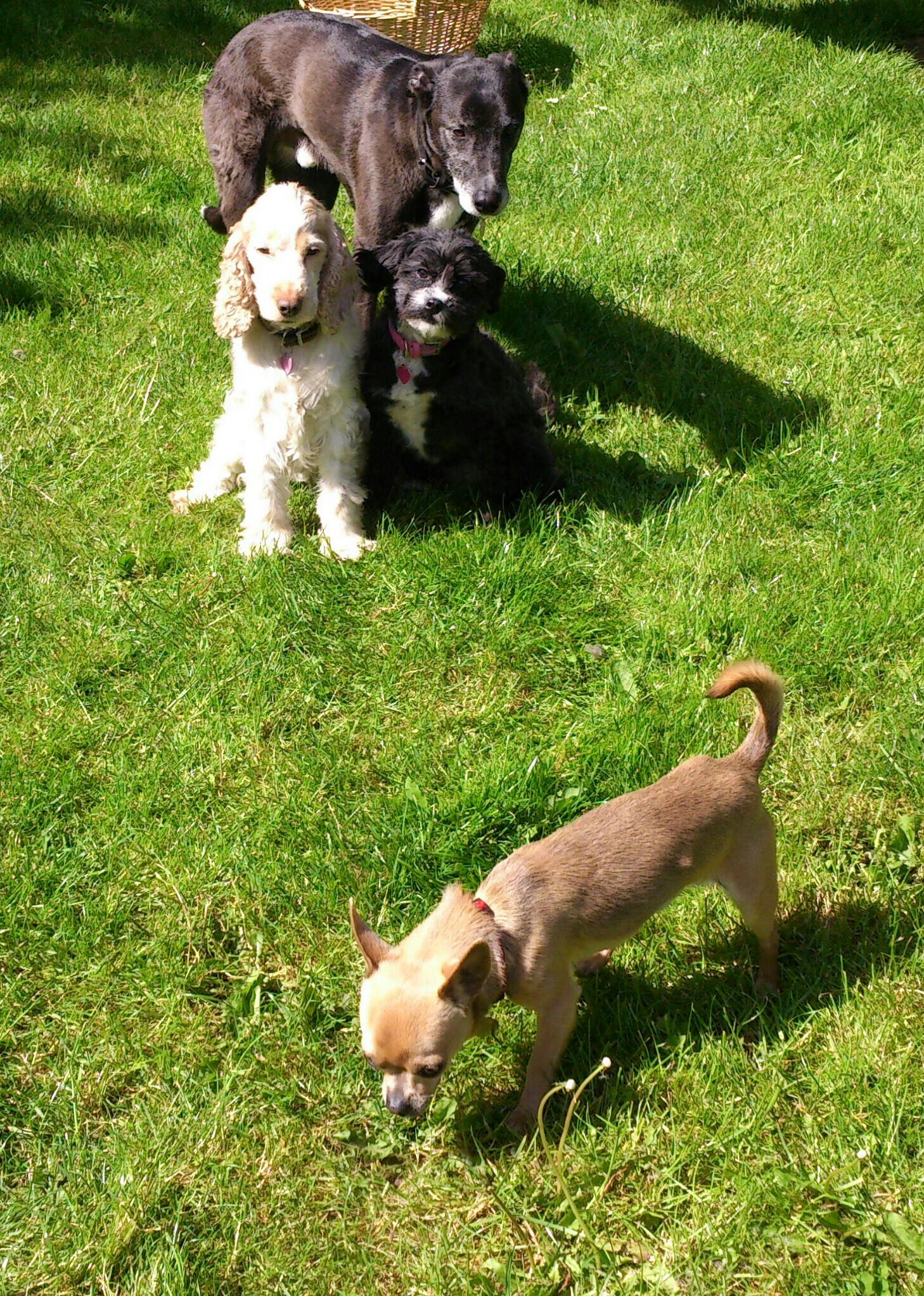
When Monty first arrived, the other dogs were a little uncertain of him! Careful management allowed them all to get used to each other, without anyone feeling vulnerable, and in time they accepted him as one of the pack!
When a dog resorts to the use of aggression towards other dogs, it means that he genuinely believes that this dog could be a threat to himself and his pack! It also usually means that he doesn’t feel he has an alternative option. Dogs do not use aggression lightly, they know that if you start a fight you can be injured and even killed!
Living in a man-made world, which in itself can be quite a challenge, we expect our dogs to politely interact with the multitude of dogs – and people – that come their way. Many dogs manage these interactions admirably but for some the stress becomes too much and they end up resorting to the use of aggressive behaviour, because they truly believe that they have no other choice.
For most creatures – including us – there are three options when faced with a threat: flight, freeze or fight. The moment we attach a lead to our dogs we seriously reduce his options. Now unable to flee and with freeze often not an option – as the owner continues to walk towards the perceived danger (another dog) – a dog with fear of other dogs, can feel there’s only one thing left to do – fight!
Often pre-emptive, the dogs reaction can be exacerbated by a number of factors; including how his owner reacts. Often an owners reaction will only serve to panic the dog more as, worried by what their own dog is going to do, they tighten up the lead, their pulse rate begins to soar and they try to reassure their dog verbally. The dog interprets this as his owner also being fearful of the approaching dog and is all the more determined to see off the threat and protect his pack!
I was asked to work with Laura and Samson her very handsome 2 year old, Bulldog x Staffordshire Bull Terrier. After being attacked by another dog and regularly being barked at by smaller dogs, Samson had become increasingly more anxious of other dogs, in general. The walk had become a nightmare as Laura tried to dodge other people and their dogs and they were both extremely anxious now.
As always, the process of resolving this issue begins in the home. By calmly and consistently showing Samson that she made the decisions and kept the pack safe – in the house and garden first – Laura was able to gradually head back out into the wider and more challenging world. By confidently taking control and emanating ‘all is well’ in a way that made sense to Samson, Laura presented herself as a competent Pack Leader. Once the ‘good foundations of leadership’ had been built, Laura was ready to do the targeted work on Samson’s anxiety around other dogs. Over time, Samson began to trust that it wasn’t his responsibility to deal with other dogs and his confidence in Laura and her ability to keep him safe grew.

